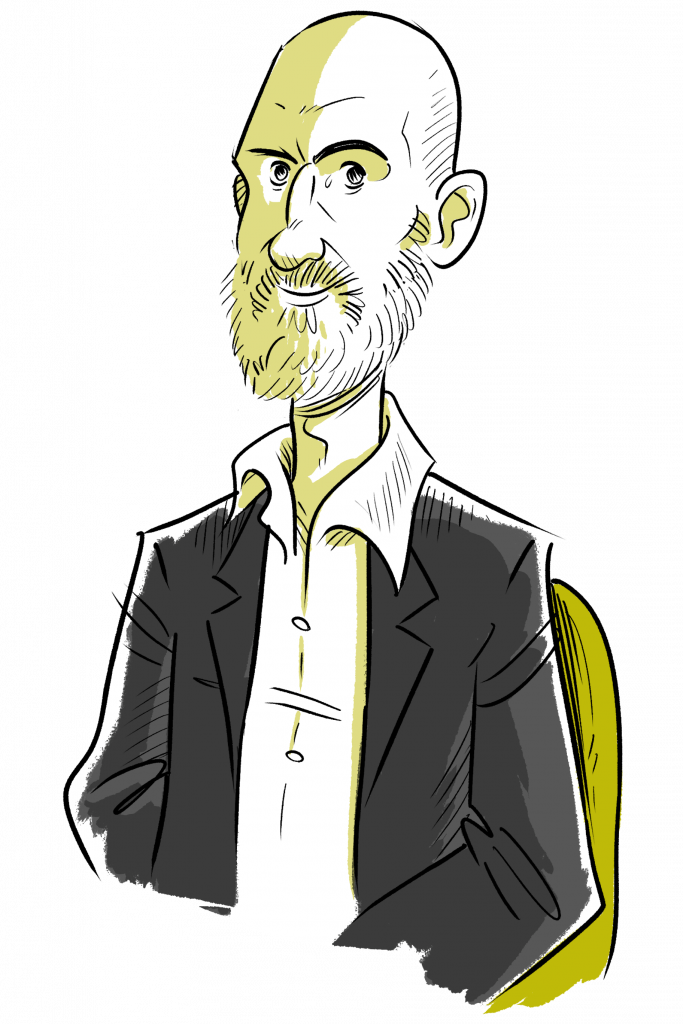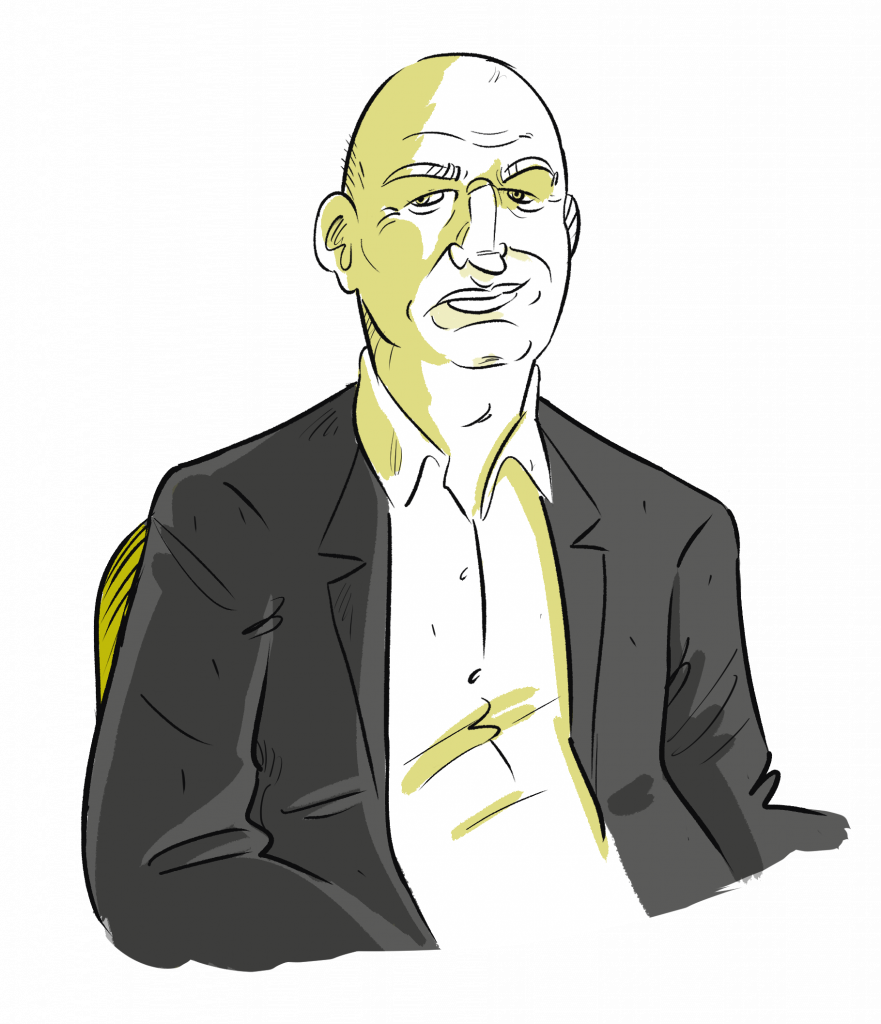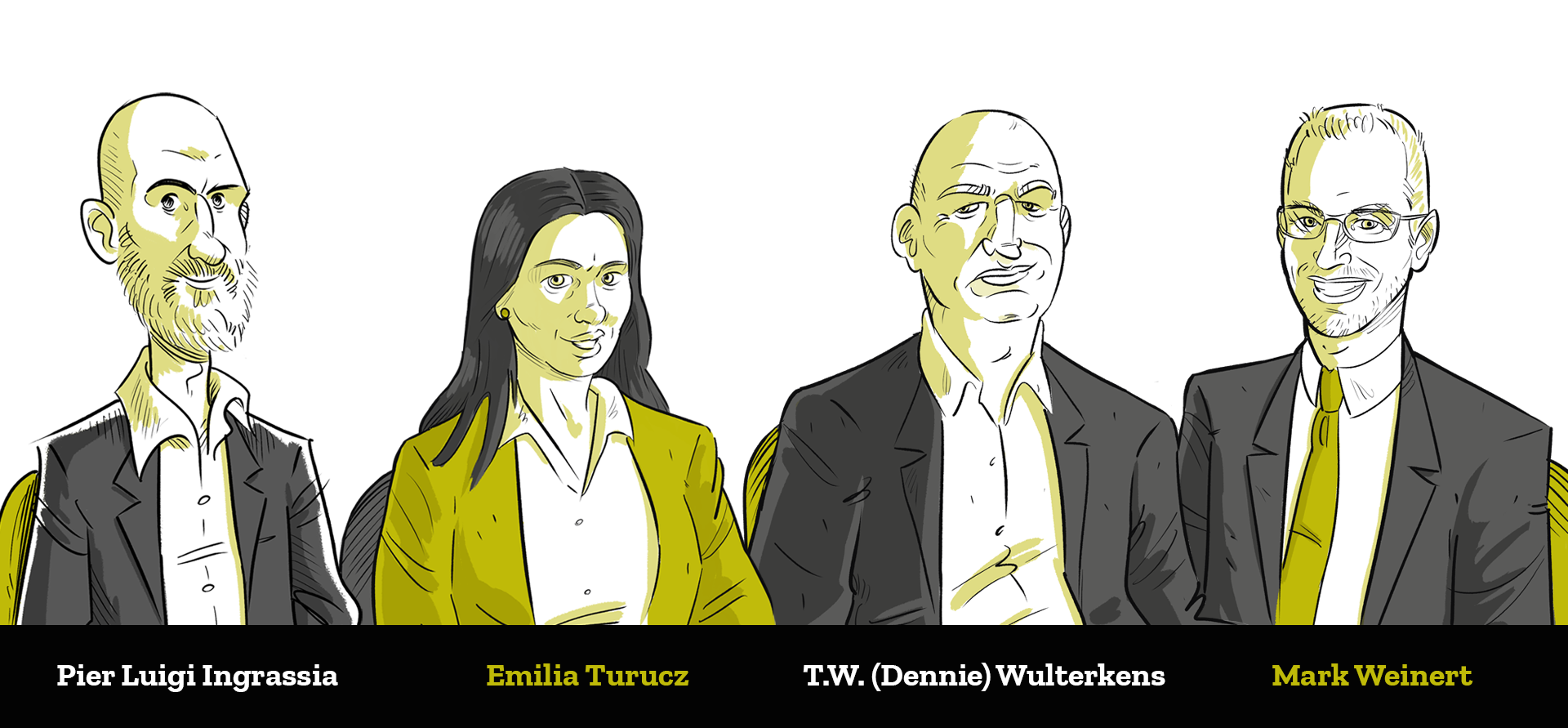Use of virtual patient encounter training is becoming increasingly popular in health profession education. However, there is a limited understanding of its effectiveness. Our panel of experts discusses how to best use this new technology while overcoming limitations and driving innovation in healthcare training.
The debate
Virtual reality has been talked about for many years now; however, recent advances in technology have made it the exciting and emerging field it is today. Its applications are vast, ranging from military training to gaming. In healthcare education, VR technology is gaining more prominence, becoming a new focus of direction in the development of training tools for all types of users, from students to professionals. More and more medical and nursing schools and healthcare institutions are implementing Virtual Patient Encounter training to enable repeatable immersive simulations that bring invaluable practice. In fact, numerous studies already indicate that VPE technology is a powerful tool for teaching, mainly because of its ability to provide immersive, multi-sensory and realistic teaching environments, among other features. Recent studies also show that, once upfront costs are covered, the cost of adapting and scaling up can be low.
Despite the benefits of using VPE in healthcare education, some challenges and limitations result in the misuse of this technology. For SIMZINE’s new regular feature, our editor-in-chief (and curious about new technologies) Pier Luigi Ingrassia asks our panelists: for which training purposes is VPE useful and for which not? How to fit VPE training into an existing curriculum? Does VPE training require special trainer skills? And more.
Moderator: PierLuigi Ingrassia
Centro di Simulazione (CeSi), Centro Professionale Sociosanitario Lugano

Emilia Turucz
Consultant Emergency Physician, PhD, Lecturer at the University of Medicine, Pharmacy, Science and Technology “George Emil Palade” of Targu Mures, Romania, Coordinator of a Virtual Reality Simulation Expert Team belonging to The National Simulation Centre for Emergency Situation, Romania.
T.W. (Dennie) Wulterkens
Registered Nurse (since 1981), specialized in Prehospital and Clinical Emergency Medicine, Medical Simulation, Crew Resource Management, ERC-Educator, Managing Director of QT Time (professional medical training institution)
Mark Weinert
Doctor from the last millennium, with a passion for teaching and an avid interest in exploring new technology to enhance the learning experience. His clinical background is Anesthesiology, Intensive Care, and Emergency Medicine, he is also a co-founder of StellDirVor. Mark’s focus lies in patient safety, communication, and simulation
Let’s start in general: what training purposes is Virtual Patient Encounter (VPE) good for and what should you not try to achieve with it?
Emilia Turucz: Virtual Patient Encounter (VPE) is a perfect tool to expose my trainees to different pathologies and medical situations in a very realistic manner, using this high-fidelity visual presentation of a patient exposed in a lifelike medical environment. Interacting with medical cases in a virtual environment excludes any potential harm for patients and trainees, which might occur during a teaching process conducted in a real medical ward. Virtual Patients can demonstrate the consequence of any good or bad medical management, allowing trainees to learn from their mistakes and consequently face the result of their decisions. In terms of teaching efficiency, the visual impact offered by a virtual patient and the interaction with it in a fully immersive lifelike medical working environment brings this type of exposure very close to the level of a real professional experience. Nevertheless, VPE cannot reproduce all the perceptions offered by an interaction with a human being, and its use for learning physical examination and technical skills is still limited.

Dennie Wulterkens: I think VPE is very useful for small scale simulation e.g. procedures and working with protocols in stressful or cluttered situations. By confronting the student with a patient, surrounded by all available means and materials, the student has to interpret the situation and clinical findings, related to the actions needed. Besides that, you can place a student in a surrounding to learn how to adapt to the environment. Especially when you place the student in a progressively changing situation. Therefore, it is a right tool for self-reflection for the student, reflection by the instructor(s), judging and/or taking exams. The latter one specifically because you can place every student in the same environment with the same variables.
My personal experience has learned that VPE should not be used for clinical skills, e.g. IV placing or airway management. Major important features in medical training such as inter-human behavior and Crew Resource Management can only be introduced if facial expressions of the avatars and specific body language can be well integrated into the scenarios.
Mark Weinert: VR/VPE training is well suited for medical education purposes that require the development of clinical reasoning and decision-making in a safe and controlled environment. For example, it can simulate complex medical procedures, teach communication and teamwork skills, and provide opportunities for deliberate practice and feedback. However, VR training is not suitable for all medical training purposes, such as those that require a more hands-on, tactile approach, or those that involve patient interactions that cannot be fully simulated in a virtual environment. Think of classical skill trainers where you train hand-eye coordination, like ultrasound-guided cannulation, or cricothyrotomy. We will see what the future brings. Real tactile feedback is far away now. I see olfactory feedback in the near future. The smell of blood, for example, elicits fear and arousal in seconds, even if not recognized consciously.
How to fit VPE training into an existing curriculum?
DW: In my opinion we learn in different layers: theory – skills – scenarios – simulation. The first three are integrated in every “Life Support”-course mentionable. For many medical occupations a combination of Life Support courses is mandatory. By integrating VPE in these courses a more realistic environment, patient encounter and adjustable surroundings can be introduced. Therefore, the courses will become much more attractive. And because of the mandatory aspects it will become part of the curriculum.
One of the challenges within continuous education is to keep medical professionals motivated between the initial courses and the refresher courses. This can be well stimulated by offering scenarios that can provide challenges, substantive deepening and examination that forms the logical step to a next course. Motivation can be improved by accreditation of every single scenario that is run by the student. If possible a stand-alone or remote device can offer the opportunity to practice at any convenient time or place even with an instructor on a remote distance.
MW: Different ways to integrate VR training into an existing curriculum exist. First, like with every new tool in the toolbox, it’s important to identify the learning objectives the VR training intends to achieve. And this is the most important step. There is no use to force a square into a hole, just because I want to use the technology, but the learning objective does not match the vehicle. Then it’s necessary to identify which parts of the curriculum could be replaced or supplemented with VR training to achieve these objectives. Finally, VR training should be integrated into the curriculum seamlessly, not disrupting the flow of learning. What do I mean by that? Start with one clearly defined goal and learning objective with the right tool and then expand on that. VR Training is here to add to the tools we have, not to replace them.
ET: In my opinion, the main benefit of VPE training is to develop critical thinking: it is a very good way to exercise decision making processes, and to learn how to apply medical protocols and management algorithms. However, in my vision it can be implemented in a cost-efficient manner for any kind of healthcare related teaching programs starting from elementary school up to universities and even very selective professional training programs. In terms of teaching methodology, VPE training can be placed between high fidelity simulation and bedside teaching. I consider it complementary to them: the main added value is being represented by the realistic and stressful working environment in which trainees are fully immersed.

The facilitator has normally specific simulation education provided by formal coursework and/or continuing education offerings. Does VPE training require special trainer skills?
MW: Yes, VR training requires special facilitation skills. The moderator should be able to manage the virtual environment, monitor and evaluate trainees’ performance, provide feedback, and adjust the simulation to meet the learning objectives. The moderator should also be familiar with the specific VR training program being used and be able to troubleshoot technical problems. Being a technophile helps. However, you don’t need to be a digital native; even so, they have advantages.
ET: VPE is a new teaching tool which has its own benefits and shortcomings. In order to use it in an effective manner a tailored teaching methodology needs to be elaborated and, maybe, some special trainer skills need to be emphasized. All the existing formal coursework related to simulation-based teaching is definitely beneficial in this context, but with all these skills we are still experimenting with VPE training not controlling it. When the instructor should be immersed with the trainee, when he/she should control the simulation from outside; how the instructor should follow soft skills from outside and how he/she can control the scenario when he/she is immersed? How many instructors are needed for a VPE training? Teamwork or personal training? Questions like these arise at each use of VPE training.
DW: VPE training requires specific skills. Interaction with the students is different. Both in human aspects like observation and communication but also on the technical side. Guiding the scenario and delivering interaction with communication requires specific skills and knowledge, both technical as non-technical. We have to ask ourselves the question: will one instructor be sufficient or do we at least need two. This of course depends on the number of students participating or the complexity of the scenario. Maybe a multi casualty incident can be provided, guided by a team of instructors. This means a good preparation and tuning of the instructor team is paramount. Again: this will demand specific skills by the instructors/facilitators.

Which gaps should be filled in VPE to accelerate its use?
ET: First of all, we need a tailored teaching methodology. We need to give guidance for the instructors in order to encourage VPE use. Apart from a user-friendly technical interface, the fear of losing control over the scenario from the instructor’s side is one of the main impediments for integration and implementation of VPE. A pre-set VPE scenario might not fit the trainee decision making speed and an “on the fly” VPE scenario might be difficult to follow and control. All these fears can be overcome with proper initial guidance.
DW: Having trained with different devices, the main complaint of the students is the lack of human reality. In other words: the avatars, but especially the co-players in the scenario, are poorly visible. Thus, the immersion and therefore a real-life experience is suboptimal. Human behavior, visible and audible needs improvement. Facial expressions and body language should be improved. This includes the patient as well as the surrounding caretakers and even the avatars.
Another possibility is to train multi casual incidents. Because of many logistical issues this is poorly trained by medical professionals. VPE may be the solution to provide this kind of training on a regular basis, not being dependent on external factors such as Fire Brigade, Police, etc.
MW: There are certainly gaps that need to be filled in VR training courses. For example, there may be a need for more standardized training programs and assessment tools to ensure that VR training is effective and consistent across different settings and institutions. In addition, more research is needed (as usual) to determine the optimal ways to integrate VR training into medical curricula and to identify the most effective ways to use VR training to achieve specific learning goals.
I just wanted to ask you one last question about research. Literature has already shown the impact of simulation-based training on both students and patients. What research is needed to make the VR VPE fully accepted and/or certified?
MW: For VR to be fully accepted and/or certified (in the future), further research is needed to establish the validity and reliability of VR training as a measure of clinical competence. We already know that the high emotion of being immersed helps for higher learning retention. In addition, it will be important to establish standards and guidelines for using VR training in medical education and ensure that VR training programs meet these standards and guidelines. There is some effort to define standards, however, we are far from establishing standards internationally or even nationally. In my opinion, the most pressing research question is: which Skills should be trained best as VPE? Also, which role will Artificial Intelligence play in VPE?
DW: For educational purposes it is important to know what elements are necessary to give a student a real-life experience. If we would like to progress beyond procedures we have to know in what areas developments are needed: skills, body language, facial expressions, recognizable environments, etc.
And again: a survey may be done to see if there is a role for VPE in multiple casualty incidents.
ET: More research work is needed for identifying benefits and lacks of VPE training applied in different educational contexts. It would be interesting to follow the impact of VPE training on long term learning outcome compared to the other training methodologies. Studies are needed, as well, on the cost efficiency and implementation methodology.
Conclusions
Virtual Patient Encounter is a perfect tool to expose trainees to different pathologies and situations in a very realistic manner, using high-fidelity visual presentation of a patient in a lifelike but safe and controlled medical environment. VPE training is well suited for education purposes that require the development of clinical reasoning and decision-making, less for those purposes that require a tactile approach. Providing guidance for the facilitators is needed to encourage and accelerate VPE use. In fact, VR training requires special facilitation skills, such as managing the virtual environment, monitoring trainees’ performance, providing feedback, and adjusting the simulation to meet the learning objectives.
READ ALSO











































